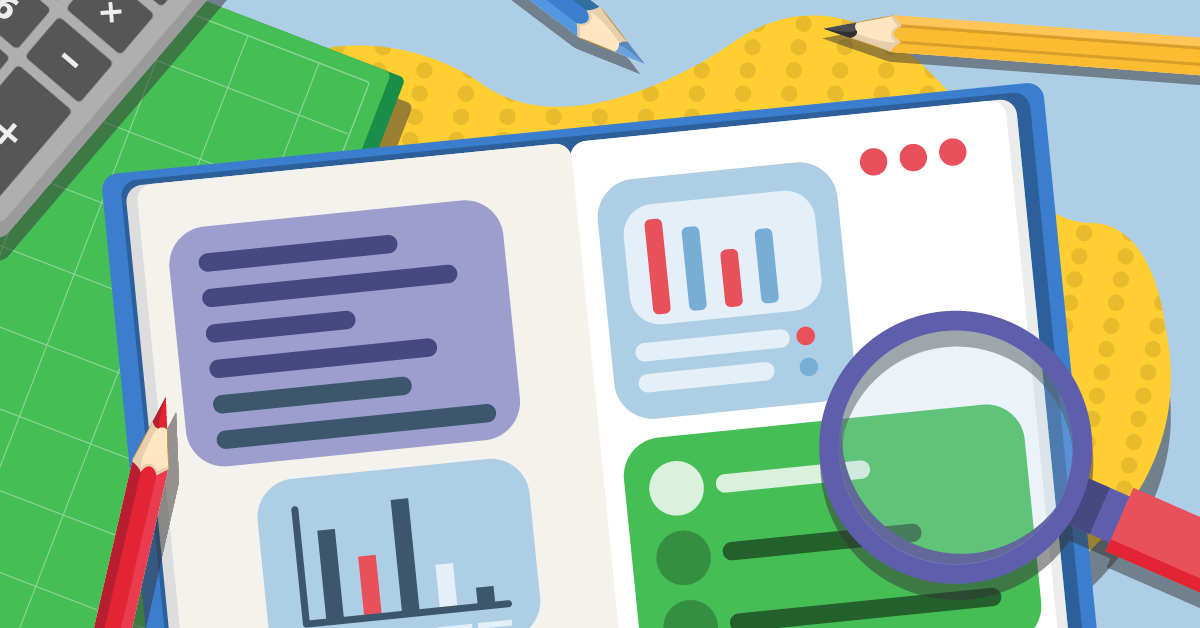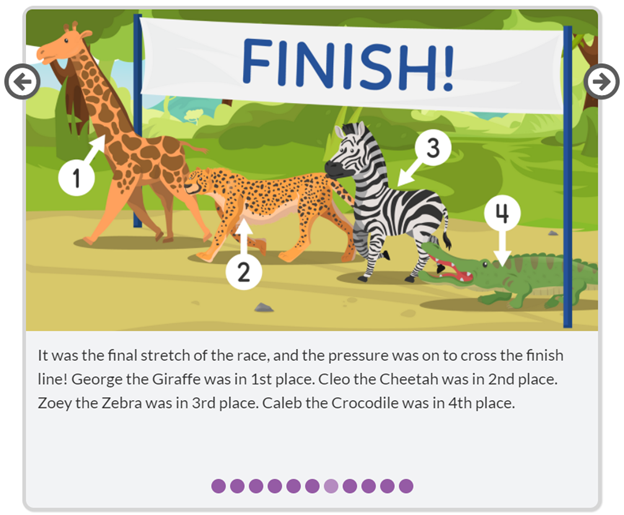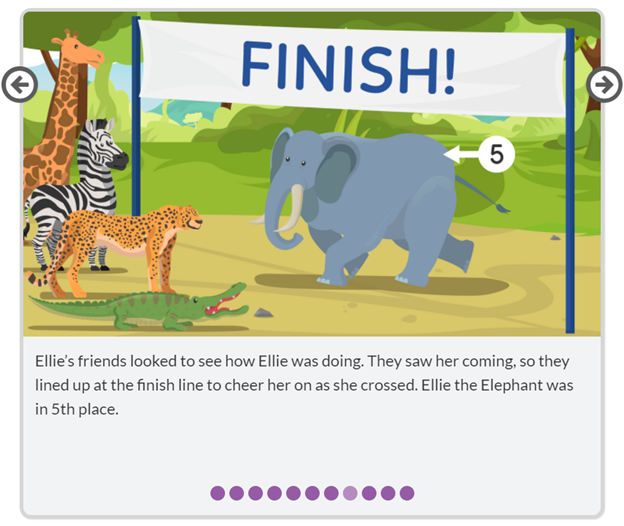Knowledge is power, and familiarity with different learning styles is powerful knowledge for any educator. Students tend to learn best when they get to use all three learning styles: visual, auditory, and kinesthetic. However, students will often prefer one style over the others. Knowing your student’s preferred learning style can help you tailor activities to support their learning needs.
Visual Learner Profile
Visual learners learn best from what they see or read. If a student is a visual learner, they will typically enjoy watching rather than doing, prefer neat work spaces, and may have trouble following verbal directions. These types of learners like pictures, charts, and demonstrations.
If your child is a visual learner, you can use these strategies to help maximize their learning.
Everyday Strategies
When planning a lesson with a visual learner in mind, there are a few simple tricks you can use.
When teaching a concept, make sure you demonstrate the concept in addition to explaining it. By seeing a concept in action, the student will retain more of what you are trying to teach them. Use as many visuals as possible in your demonstration, such as videos, infographics, diagrams, colour coding, manipulatives, and models.
When it’s time for your student to complete assignments, make sure you write down key instructions. If your child is still learning to read, you can use pictures as visual cues for the instructions.
Specific Strategies
Here are some specific strategies from Virtual Elementary School courses that can be applied to any lesson.
Diagrams
Labelled diagrams are great tools for a student to use when learning how to identify different parts of an item since they are able to see the item and then read each of the labels. Here is a labelled microscope from VES’s Grade 8 Science course:


Drag and drop activities are assessment tools for diagrams that work well for visual learners. These can be interactive online activities or worksheet-based with cutouts.

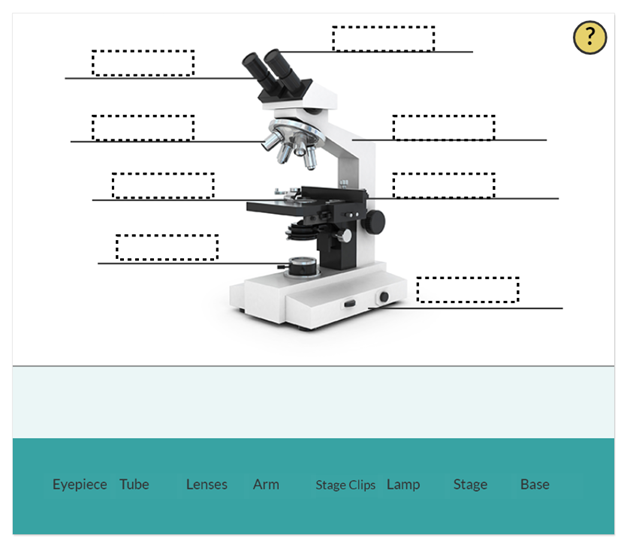
Graphic Organizers
Graphic organizers present information in a visually appealing way. For example, there are many different ways to solve an addition problem. You can count on your fingers, make ten, or use a tool like a ten frame, to name a few. These strategies work best for visual learners when they are presented in a visual format. Here is an example from VES’s Grade 3 math course that displays the list of counting strategies as a graphic organizer:

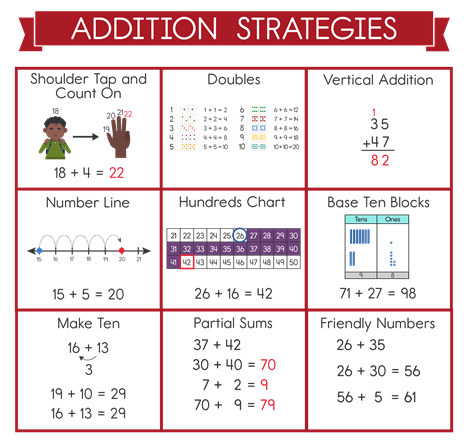
Stories
Using stories is an effective strategy for teaching any type of learner, and for visual learners, picture books can be great tools for learning in an engaging way. Picture books are especially effective learning tools for students because they can see the pictures and read the words. There are picture books on almost every topic imaginable, which makes them an easy and powerful resource to include in any lesson.
In Ellie’s Big Race, a picture book from VES’s Grade 1 Math course, students are introduced to ordinal numbers:
These different strategies can be used in combination with other strategies. Every child is different, of course, and will have their own individual needs. Remember, the most important thing is to enjoy the learning process. Try different strategies until you find what is right for your child.
Have you tried any of these strategies with your child? If so, please let us know in the comments below!

